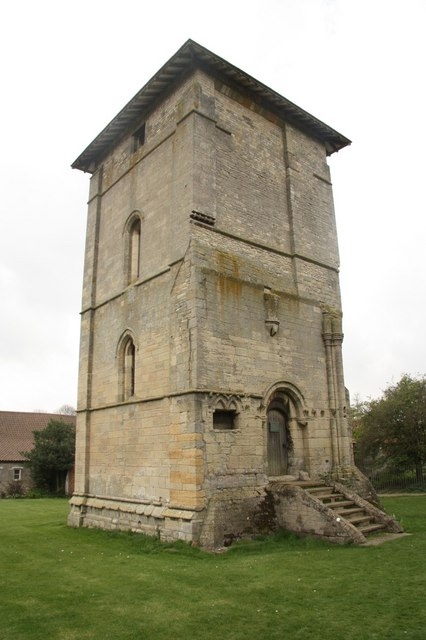"Every brother who is professed in the holy service should through fear of the flames of Hell, give total obedience to the Master; for nothing is dearer to Jesus Christ than obedience, and if anything be commanded by the Master or by one to whom he has given his power, it should be done without demur as if it were a command from God, for you must give up your own free will."
The Templar's statutes and rules were mostly devised by Bernard, abbot of the Cistercian monastery of Clairvaux. In turn, the Cistercian rule was based upon the Benedictine rule.
Considered to be Knights of Christ, the Knights Templar's special status led to particular rules beyond the standard followed by other orders. The lifestyle of a knight was also taken into consideration, and rules were formulated to assure that the Templars maintained the vows of chastity, humility and poverty, along with the chivalrous virtues assumed of laymen knights.

With their military mission and extensive financial resources, the Knights Templar funded a large number of building projects around Europe and the Holy Land. Many structures remain standing today. Read more at Wikipedia